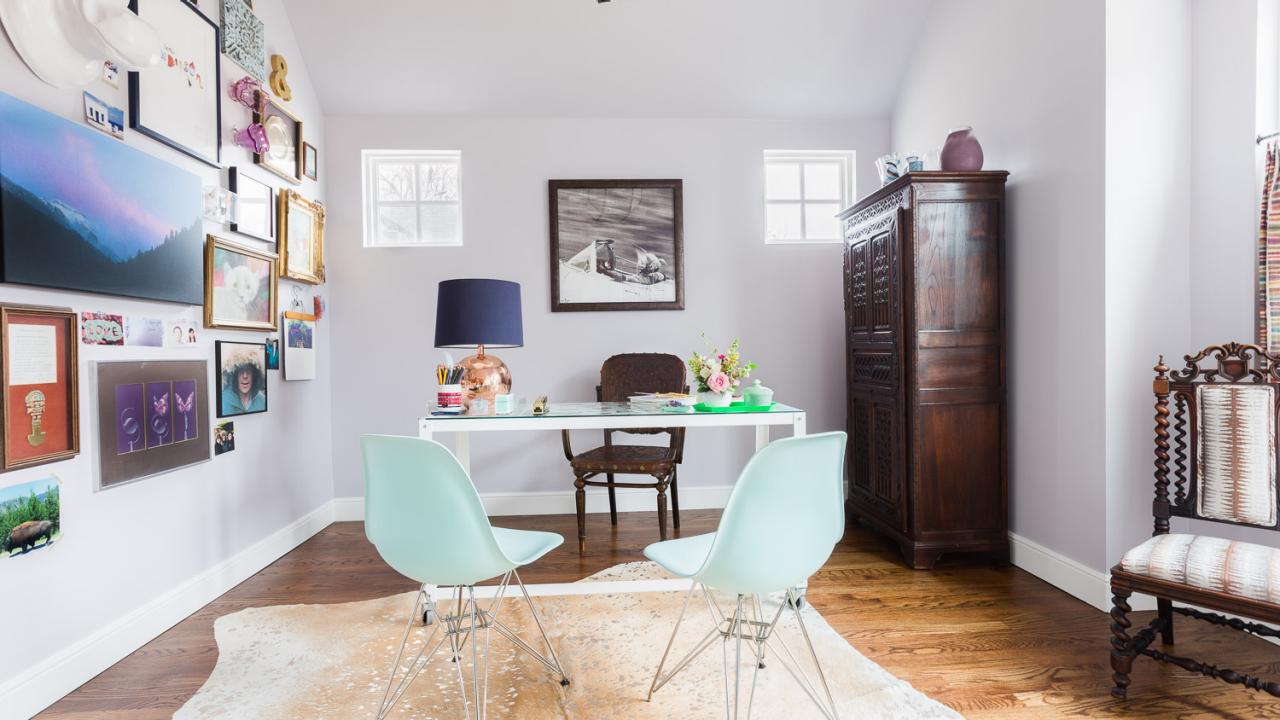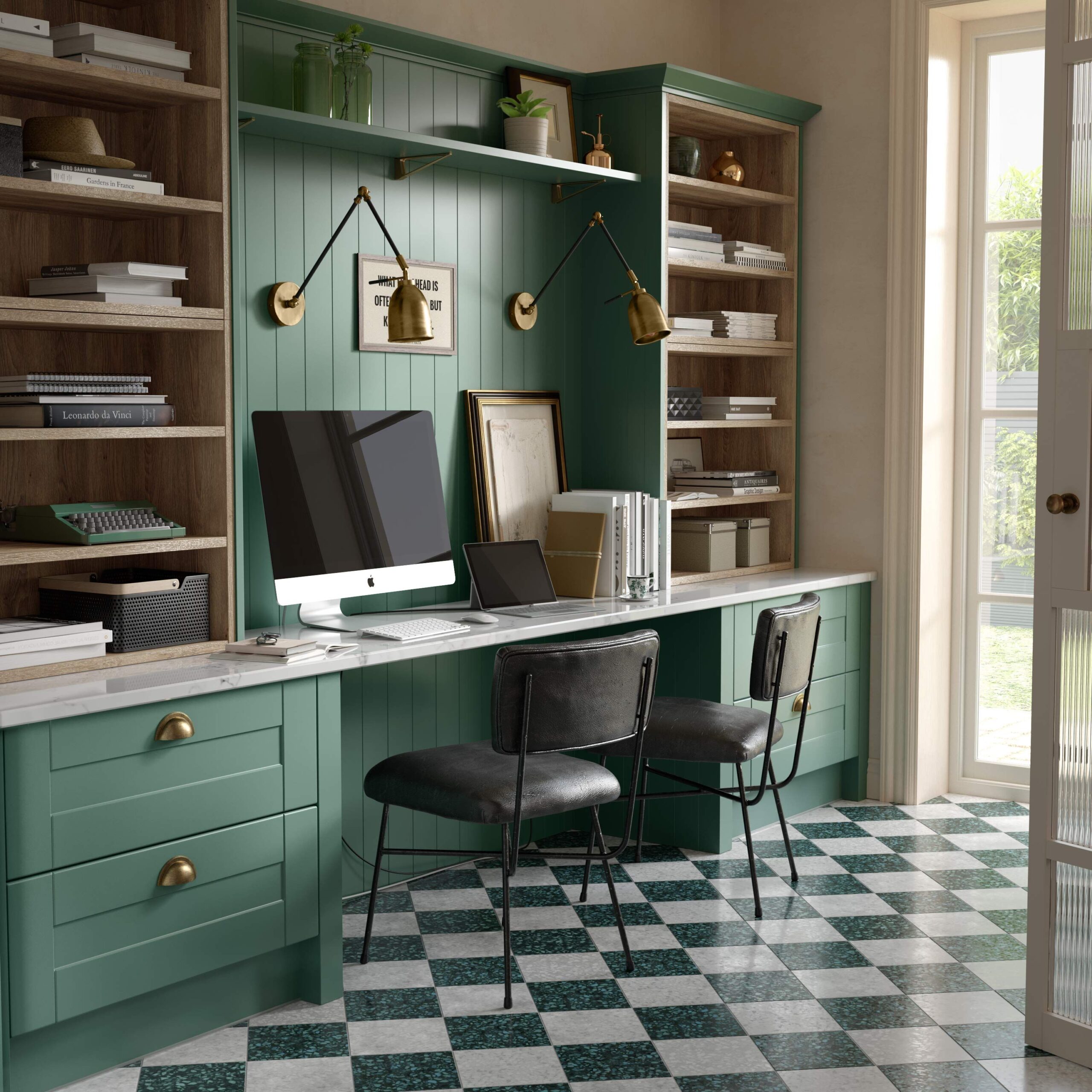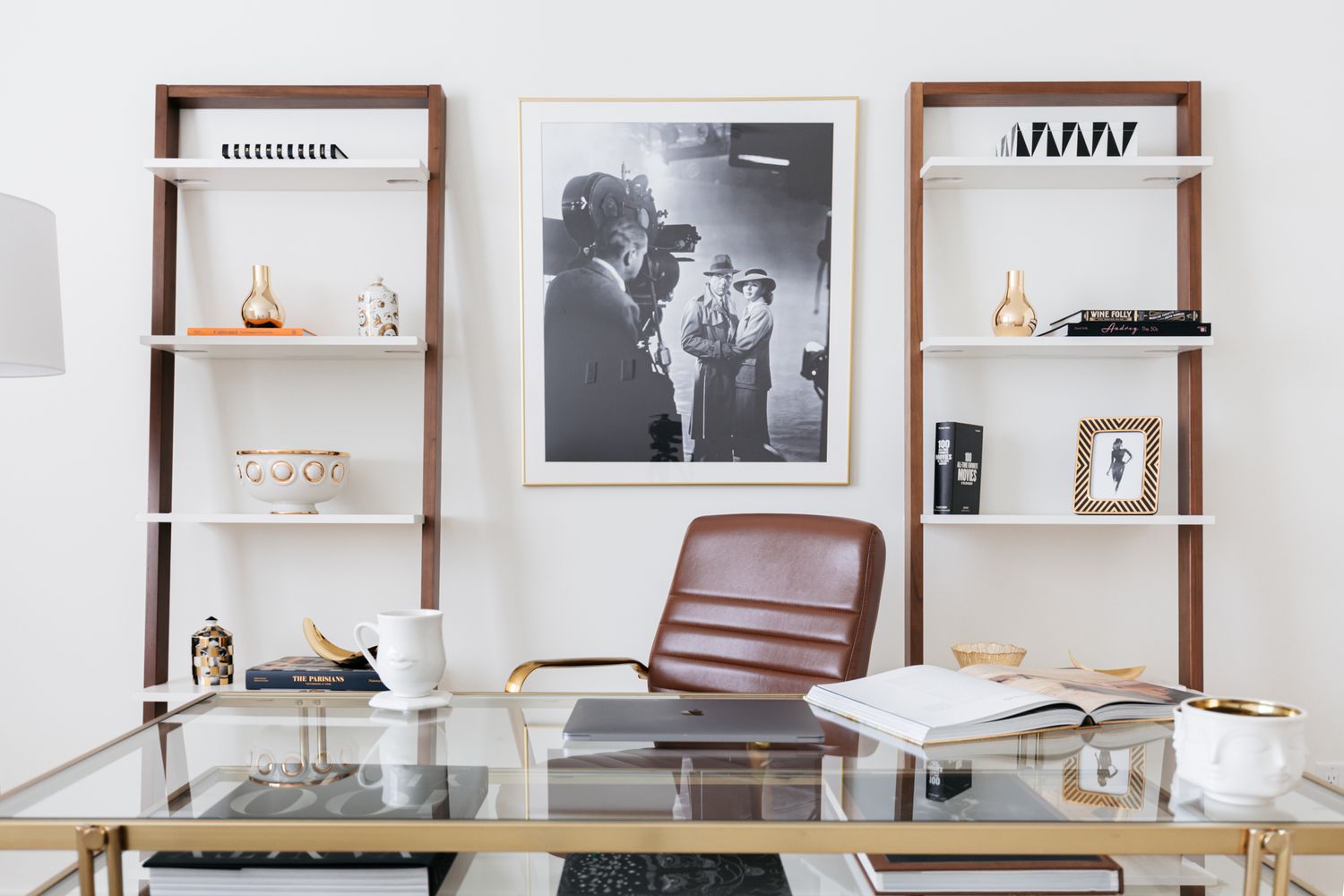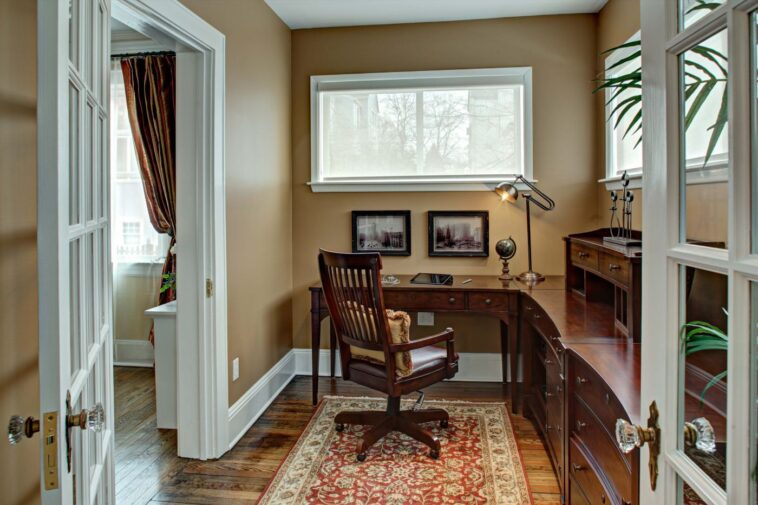In today’s rapidly evolving work environment, the importance of a dedicated home office space has never been more pronounced. With more people embracing remote work, having a spot in your home where productivity and comfort coexist is vital. A well-designed home office can make a significant difference in your work efficiency and overall job satisfaction. But how do you create a space that is both functional and inspiring? This article will guide you through essential tips for setting up a home office that meets your work needs while also reflecting your style.
1. Choosing the Right Location
The first step in creating your home office is selecting the right location. Ideally, this should be a quiet area that minimizes household distractions and noise. Consider factors like natural light, which can boost your mood and energy levels, and choose a space that feels comfortable and separate from the daily activities of your home. Whether it’s a spare room, a quiet corner, or even a converted closet, the right location can set the tone for a productive work environment.
2. Importance of a Comfortable Chair
Never underestimate the power of a comfortable chair. Considering the hours you’ll spend sitting, investing in an ergonomically designed chair is important. Look for features like lumbar support, adjustable height, and a comfortable seat that promotes good posture. An ergonomic chair enhances comfort and helps prevent back pain and other posture-related issues, making it an essential component of your home office.
3. Selecting the Right Color Palette
The colors you choose for your workspace can significantly impact your productivity and focus. Opting for neutral paint colors can create a calming and focused environment, ideal for concentration. Colors like soft grays, warm beiges, or muted blues are popular choices that can make the space feel more spacious and serene. When selecting your palette, consider how different colors make you feel and choose shades that align with the ambiance you want to create.
4. Adequate Lighting is Key

Poor lighting while working can cause eye strain, headaches, and fatigue. Aim to maximize natural light by positioning your desk near a window. Supplement with artificial lighting, like a quality desk lamp or overhead lights, to ensure your workspace is well-lit at all hours. Adjustable and soft white bulbs can help reduce glare and create a comfortable working environment.
5. Efficient Desk and Workspace Layout
Your desk is the centerpiece of your home office and should be both functional and spacious. Choose a desk that fits your space and offers enough surface area for your computer, documents, and any other work essentials. The layout of your workspace should facilitate easy access to frequently used items and equipment. Ensure your computer monitor is at eye level and there is enough room for comfortable typing and writing.
6. Organizational Tools to Avoid Clutter
A cluttered workspace can hinder productivity and lead to unnecessary stress. Utilize organizational tools such as shelves, file cabinets, and desk organizers to keep your workspace tidy. Consider a mix of open shelving for easy access and closed storage to hide away less frequently used items. A well-organized office helps in finding things quickly and also keeps the space looking neat and professional.
7. Personalize Your Space
Your home office should reflect your style and inspire creativity. Personalize your space with items that make you feel comfortable and motivated. This could be anything from family photos and inspirational quotes, to artwork or plants. However, maintain a balance to ensure that these personal touches do not clutter the space. An organized, personalized space can significantly enhance your mood and productivity.
8. Technology Setup

In today’s digital age, a reliable technology setup is necessary. Invest in a high-quality computer or laptop, a fast and stable internet connection, and any necessary peripherals like a printer or scanner. Consider ergonomics in your technology setup as well; for instance, place your monitor at an eye-level and use a keyboard and mouse that are comfortable for long-term use. Good cable management can also keep your space tidy and safe.
9. Soundproofing and Privacy
Especially important in busy households, soundproofing can help create a quiet environment conducive to work. This could mean anything from installing soundproofing panels to simply using a white noise machine or noise-canceling headphones. Ensure your workspace is private and secure, particularly if you handle sensitive information. This could involve setting up in a room with a door or using privacy screens.
10. Invest in Good Storage Solutions
Adequate storage solutions are key to maintaining an organized and clutter-free home office. This might include filing cabinets, bookshelves, or storage boxes. Choose storage solutions that are functional but also complement the style of your room. Keeping your office organized saves time, reduces stress, and makes the space more pleasant to work in.
11. Balancing Aesthetics and Functionality
While aesthetics are important, functionality should not be compromised in your home office design. Choose furniture and decor that are not only appealing but also serve a purpose. For example, a beautiful desk that offers ample storage or a decorative lamp that provides good lighting. The goal is to create a space that is both inspiring and practical.
12. Regular Maintenance and Upkeep

Like any other room in your home, your office will require regular maintenance and cleaning. Keeping your workspace tidy helps with productivity and ensures the longevity of your furniture and equipment. Set aside time each week to clean your desk, organize your documents, and care for any office plants or equipment.
Your Ideal Workspace
Creating the perfect workspace is a personal process that blends functionality with individual style. By following these tips, you can set up a space that not only meets your work needs but is also a place you enjoy spending time in. The most effective home office is one that reflects your personal preferences and enhances your productivity – with a little effort and creativity, you can transform any space in your house into an ideal home office.




